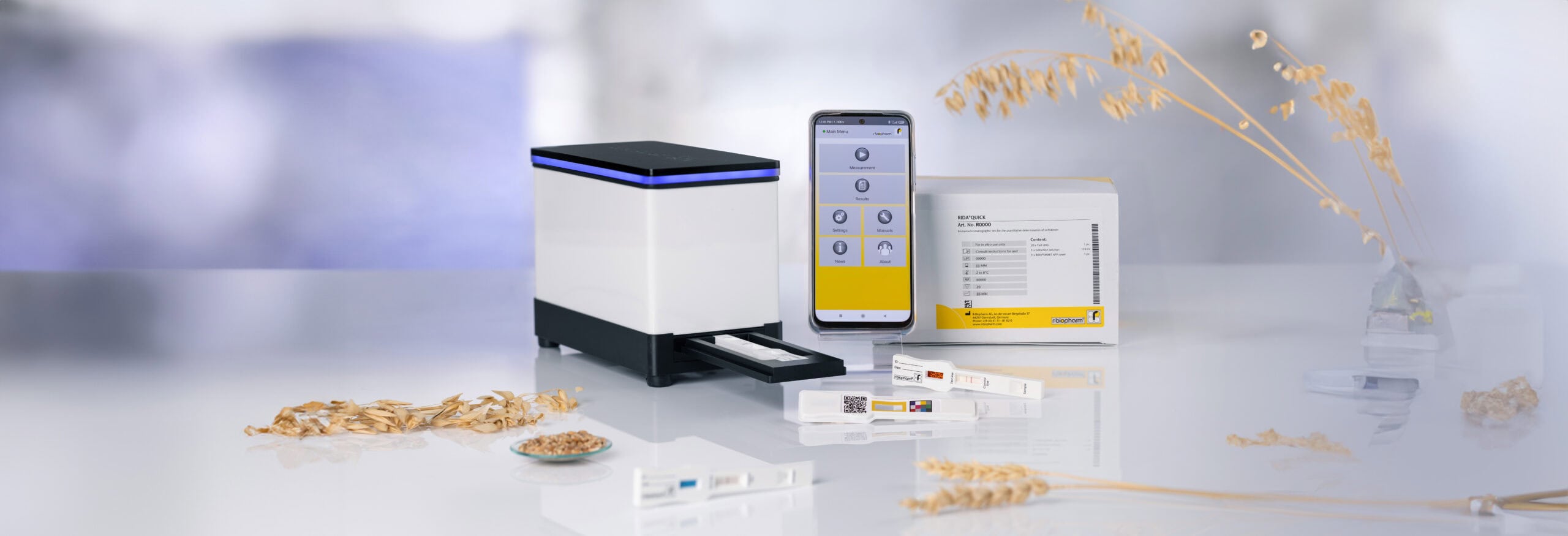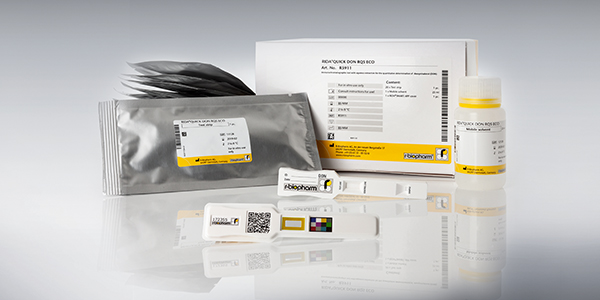
High risk for mycotoxins this year?
We are prepared for the harvest
Mycotoxin Management in the 2024 Harvest Year: A Challenge for Mycotoxin Analysis?
The 2024 harvest year is a challenge in several aspects. Persistent rain in May and June and mild temperatures have greatly increased the risk of Fusarium infections in wheat and, to a lesser extent, in barley and rye. In winter wheat, the weather conditions during flowering were rainy and variable, therefore favorable for Fusarium graminearum infections. May was generally significantly wetter than average in much of Western Europe, Italy, and Denmark, quite different from last year, yet also warmer than average.
There are also reports of a high risk of Fusarium mycotoxins from neighboring countries, such as France, where torrential rain has flooded the fields. End of May the risk of Fusarium infections was considered as “exceptionally high”. The Swiss industry organization “Swiss Granum” therefore rates the DON contamination risk for winter wheat as “medium” to “high”, certainly for late-flowering winter wheat crops.
New EU regulations for DON
From July, 1 the European Commission Regulation (EU) 2024/1022 is effective, meaning that all unprocessed cereals (with a few exceptions) placed on the market from now on have a maximum level of 1.000 µg/kg of DON. The reason is, to better protect the consumers since the total exposure to all DON metabolites and toxic effects are not clear, yet. According to the EU Commission, this level is achievable with good agricultural practices and will ensure a high level of consumer health protection.
Yet, looking back at the weather the past months in large parts of Western Europe, like Germany, France, Italy, the Benelux or Denmark it has been a wet late spring and early summer, with temperatures slightly above the average: Perfect weather for the development of Fusarium strains, capable of producing DON and other trichothecenes.
This harvest year will be therefore challenging, with both probably a high occurrence and lower limits for DON. Have a look at our website to see what options we can offer you to manage this challenges: From rapid tests, smartphone-based measurements, clean-up columns to quality control tools – we got you covered.
We can help you with your mycotoxin analysis!
We are ready to support you with our products and services to ensure that you are prepared for this year’s challenges regarding mycotoxin risks. The improved mycotoxin rapid test RIDA®QUICK DON RQS ECO offers you::
- Fast results: incubation time is only 3 minutes
- Low limit of detection: low DON levels are also detected
- Wide measuring range
- No sample size limitations
- Easy water extraction in just 30 seconds
- Products available on stock
We can also supply all required equipment for testing. Find out more about how to get more information or how to order the RIDA QUICK DON RQS ECO, Art. No. R5911 or contact your local sales representative.
For evaluation of your results we offer you the RIDA®SMART APP . Do you prefer a robust bench top device? The RIDA®SMART BOX in combination with the RIDA®SMART APP and the R-Biopharm RIDA®QUICK Mycotoxin LFD-Tests is the perfect system solution for your laboratory. Robust and well protected against dust it is easy to handle and provides the optimal measuring environment for the LFD Test strips.
We cannot predict the quality of your harvest. What is for sure is that we can support you in the risk management of mycotoxins!
R-Biopharm – your partner in food analysis.


